 Your new post is loading...
 Your new post is loading...

|
Scooped by
David Connolly
September 1, 2012 2:15 AM
|
Chinese archaeologists say the discovery of tombs and ruins of residential structures in northwest China offers a glimpse into nomadic life in the Bronze Age.

|
Scooped by
David Connolly
September 1, 2012 1:53 AM
|
The Express TribuneVictory for villagers as court convicts men squatting on Mughal archaeological ...The Express TribuneThis fact was confirmed by Archaeology Director Qasim Ali Qasim, who sent a staffer to assess what was going on.
Recent excavations conducted by the University of Tübingen at Hohle Fels Cave in the Swabian Jura of southwestern Germany have produced new evidence for the earliest painting tradition in Central Europe about 15,000 years ago.
Via Maria João Valente

|
Scooped by
David Connolly
August 31, 2012 2:37 PM
|
Archaeologists in the northwestern province of Balıkesir have expressed excitement over a Roman villa and an arrangement of intricate mosaic tiles they found in the ancient city of Antandros. But the dig site has captured ordinary people's attention thanks to its links to a more popular, albeit imaginary, piece of ancient history: "Conan the Barbarian," also known as, "Conan the Cimmerian." Dig supervisor Professor Gürcan Polat from Ege University has been overseeing the work at Antandros, which started back in 2001. "Antandros sort of became a topic of entertainment news after we found traces of the Cimmerian tribe here at the ancient city," Polat said.

|
Scooped by
David Connolly
August 31, 2012 1:23 PM
|
Netley Abbey, built in the 13th-century, is the most complete surviving Cistercian monastery in southern England. It was home to Cistercian monks who came to England from France in 1128. After the Dissolution (1536), it was given to a nobleman who converted it into a great Tudor mansion. Two hundred years later, it lay in ruins – grand, glorious ruins – and became a place of inspiration for the great Romantic writers and poets like Thomas Gray, author of Elegy Written in a Country Church Yard. Jane Austen visited Netley Abbey (she lived in the area), and so did England’s notable artists Turner and Constable, who each painted its stunning landscape views. Netley Abbey, owned today by English Heritage, still draws visitors; I was one of them last week-end. Tea connection? Wait and see.

|
Scooped by
David Connolly
August 31, 2012 2:51 AM
|
Visitors to Ireland's Lismore Castle are more likely to find a startling image by American artist Matthew Barney or a chemical sculpture by British artist Roger Hiorns, than faded tapestries. William Burlington, heir to the Cavendish estates of the Dukes of Devonshire, has opened a permanent exhibition space for international contemporary art. This summer, until Sept. 30

|
Scooped by
David Connolly
August 30, 2012 3:27 AM
|
Archaeo News Podcast 212 29 August 2012 In collaboration with British Archaeological Jobs Resource Mysteries of a Neolithic ‘Death Pit’ revealed
Neolithic man: the first lumberjack?
Modern culture emerged in Africa 40,000 years ago
Flying Lasers reveal ancient buried structures
Human evolution in Europe more complex than previously thought
Doubts about hybridisation between humans and Neanderthals
Climate change shaped ancient burial rituals
Earliest ‘matches’ identified?
Extraordinary human sculpture unearthed in Turkey
Ancient sites studied from the air in Denmark
Sitting down all day might not make you fat!

|
Scooped by
David Connolly
August 30, 2012 3:12 AM
|
Archaeologists in quest to unearth mysteries of pastDenbighshire Free PressARCHAEOLOGISTS have embarked on an excavation to unlock the mysteries of an ancient and iconic Welsh burial site.

|
Scooped by
David Connolly
August 30, 2012 2:56 AM
|
Below street level in Mexico City, archaeologists have found a jumble of bones dating to the 1480s.
The discovery offers a rare opportunity to study Aztec funerary rituals and religious beliefs. Few burials from that culture have come to light, mostly likely because they lie beneath modern buildings.

|
Scooped by
David Connolly
August 29, 2012 2:06 PM
|
Among Cambridge University Library’s 200 miles of shelving and eight million books are three soft leather folders and a scrap book volume sitting alongside countless other items in the manuscripts and archives of its Near Eastern collection. Unremarkable to the casual observer, the contents of the folders include personal letters, sketches, bills of sale, letters of introduction and other papers. Contained within, however, are first-hand documents relating to the travels leading up to the rediscovery of one of the lost wonders of the world – Petra, in Jordan – which took place on August 22nd, 200 years ago.

|
Scooped by
David Connolly
August 29, 2012 2:32 AM
|
Lidar archaeology shines a light on hidden sitesBBC News... a bustling city with complex agriculture. (Copyright: A&D Chase). HIDE CAPTION.

|
Scooped by
David Connolly
August 29, 2012 2:21 AM
|
A new management plan for the remote St Kilda archipelago is to be signed by a charity, public bodies and the Ministry of Defence.
National Trust for Scotland (NTS) said the document set out a vision for the islands for the next 20 to 30 years. St Kilda, which lies 41 miles (66km) west of the Western Isles, is the UK's only natural and cultural Unesco World Heritage Site.

|
Scooped by
David Connolly
August 28, 2012 5:22 AM
|
JustGiving appeal to raise money for the next stage of the conservation of the Amarna Period coffins from the recent excavations has reached its target. The conservators will resume their work at Amarna in the latter part of the year.
|

|
Scooped by
David Connolly
September 1, 2012 2:07 AM
|
Snails in ancient pondsThe GuardianThe ponds themselves are of ancient origin. They were first formed centuries ago, when the lime-rich clay of the underlying Headon Beds and Barton Clays was opened up.
During human evolution our ancestors mated with Neanderthals, but also with other related hominids.
Via Maria João Valente

|
Scooped by
David Connolly
August 31, 2012 2:44 PM
|
On Sunday, the 10th of August, 1628, Vasa lay rigged and ready for sea just below the royal palace Tre Kronor in Sweden. Ballast, guns and ammunition were all on board. On the quays and shores along Strömmen, an excited public waited to watch the ship leave Stockholm and celebrate her departure.
Raised in the 60s, this is the amazing story. And what a ship!

|
Scooped by
David Connolly
August 31, 2012 1:28 PM
|
New York based artists YesYesNo create an art installation along Roman frontier Hadrian’s Wall.

|
Scooped by
David Connolly
August 31, 2012 3:17 AM
|
Anglo-Saxon treasures which date back as far as 700AD have been unearthed during a major archaelogical dig at a historic Midland site.

|
Scooped by
David Connolly
August 30, 2012 3:06 PM
|
A third Neolithic figurine has been unearthed during ongoing excavations at Links of Noltland on the Scottish island of Westray. SCOTLAND-www.historicscotlandimages.gov.uk A decision was made by Historic Scotland to begin rescue work on the Links of Notland site in 2006 as the sand dunes were being heavily eroded by the wind. The archaeology below, consists of an extensive settlement and associated field systems extending for around a thousand years from the late Neolithic to the Bronze Age.

|
Scooped by
David Connolly
August 30, 2012 3:24 AM
|
Over the weekend, I devoted some thought to a call for papers for a joint colloquium at next years Archaeological Institute of America/American Philological Association meeting. The colloquium is entitled: “Managing Archaeological Data in the Digital Age: Best Practices and Realities” and it sponsored by the Medieval and Post-Medieval Archaeology of Greece Interest Group and the Forum for Classics, Libraries, and Scholarly Communications. That’s a mouthful.
From the excellent blog - with the snappy title... The New Archaeology of Mediterranean World
Read on

|
Scooped by
David Connolly
August 30, 2012 3:12 AM
|
OSTIA In this port city of ancient Rome, SUKANYA RAMANUJAN finds the remains of a perfectly planned township with baths and dining rooms...
Located about 30 km west of Rome, it's a perfect destination for a day trip. A short walk from the railway station brings us to the archaeological site. Tombs line either side of the road leading to the old city gate — the lavishness of their decorations indicating the social status of the occupants. Further down, I’m surprised by the sudden appearance of wells in the middle of the road — apparently settlers have conveniently tapped the old underground Roman lead pipes supplying water from the aqueducts. The roads aren’t the only things to be admired in Ostia. Once inside the city walls, we spot the relatively well-preserved insulae — structures similar to modern apartment blocks. The ground floors were often given over to shops and the floors above served as residential space.
This article takes us on a travellers tale around the port of Rome

|
Scooped by
David Connolly
August 30, 2012 2:54 AM
|
Hurriyet Daily NewsBones, skull revealed in opera stage renovationHurriyet Daily NewsAfter learning about the discovery, Çınar said he and ADOB General Director Regim Gökmen stopped the excavation, installed a safety line and requested an...

|
Scooped by
David Connolly
August 29, 2012 2:38 AM
|
Archaeologists in Uljin, South Korea, have found the remains of a fishing boat that they believe may be 8,000 years...

|
Scooped by
David Connolly
August 29, 2012 2:28 AM
|
Archaeology is typically associated with the study of ancient history, but a recent excavation at Poland's infamous Sobibor extermination camp has demonstrated its incredible potential for uncovering secrets locked within modern ruins.

|
Scooped by
David Connolly
August 29, 2012 2:18 AM
|
Remember that researcher who thought she spotted previously undiscovered Egyptian pyramids in Google Earth imagery? It turns out that there really are some ruins in the picture, but they’re not pyramids.
Well that settles this earth mystery.
What is needed is the ability to see what is already known. This can come from a lack of knowledge about how to find the information but also from a lack of collation or publishing of the information in the first place. Both as bad.
|
 Your new post is loading...
Your new post is loading...
 Your new post is loading...
Your new post is loading...






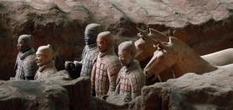


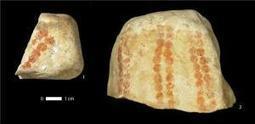
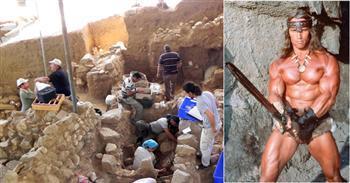
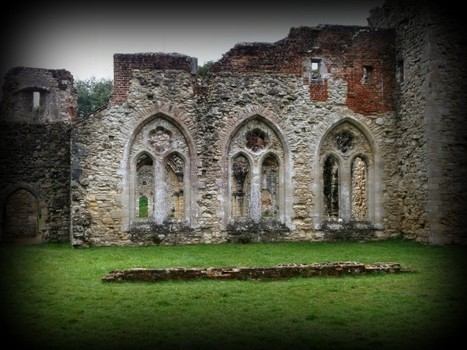

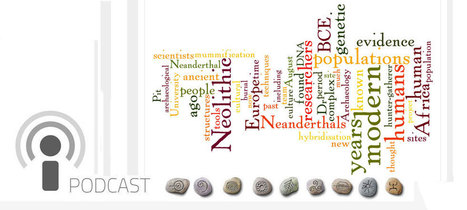
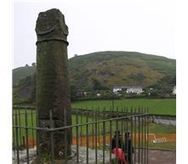
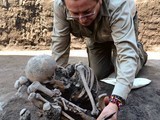






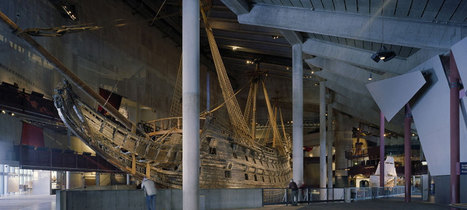
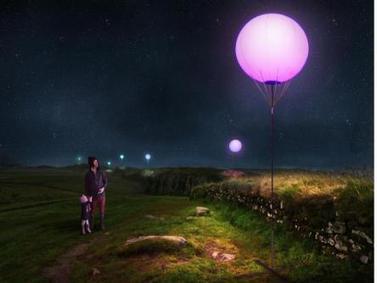
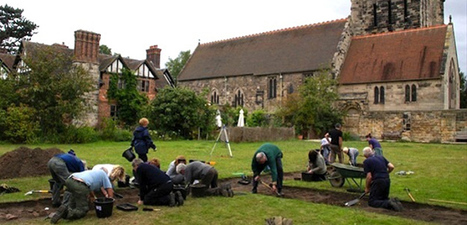
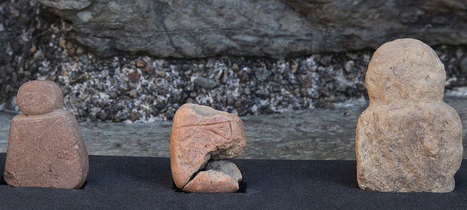
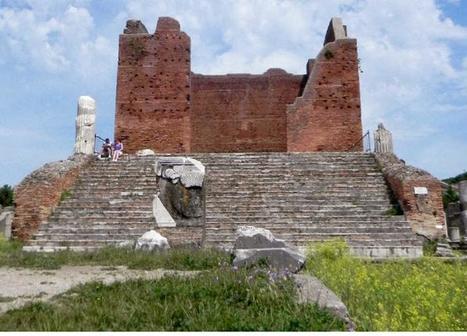
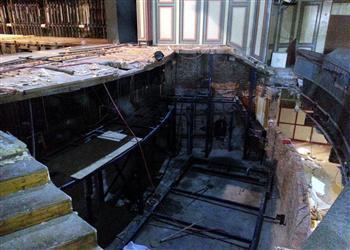
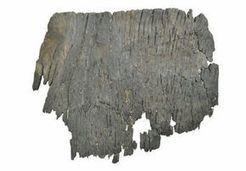
![Archaeological dig at Concentration Camp reveals what the Nazis tried to hide [Archaeology] | Archaeology News | Scoop.it](https://img.scoop.it/_8sCyzQuulEMr76ZVS22cDl72eJkfbmt4t8yenImKBVvK0kTmF0xjctABnaLJIm9)
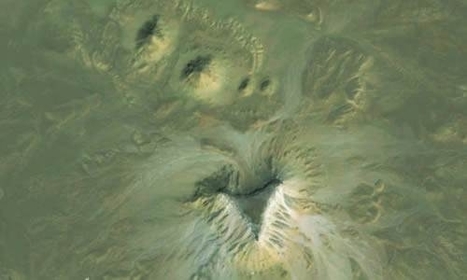





a tomb and look into the bronze age